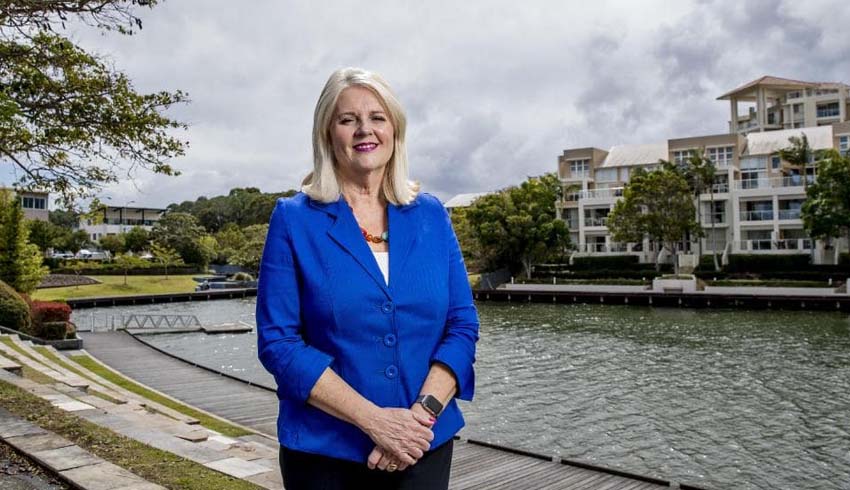
These reforms respond to the 2016 review of the incentive’s effectiveness, which was chaired by former Treasury Secretary John Fraser, the then chair of Innovation Australia Bill Ferris, and Australia’s Chief Scientist, Alan Finkel.
The review found that the incentive did not adequately target support towards additional R&D that would not have otherwise been undertaken.
Minister Andrews said, "We are committed to backing R&D investment and the economic opportunities and jobs it generates. At the same time we need to make sure that taxpayers’ money is well targeted by encouraging companies to invest a higher proportion of business expenditure on R&D."
Since 2013, the R&DTI has provided $13.8 billion in support to businesses. The R&DTI remains an important part of the government’s support for innovation. It is crucial that funding provided is fiscally sustainable and encourages businesses to back themselves to be a key driver of new ideas, products, services and jobs.
"The reforms also ensure that companies with an annual turnover below $20 million will receive a 13.5 percentage point premium above their tax rate to support their R&D," Minister Andrews explained.
"These companies will also have their cash refunds capped at $4 million per annum (with expenditure towards clinical trials excluded from the cap) – twice the amount recommended by the review."
The new R&D premium for companies with an annual turnover above $20 million has also been simplified from four to three tiers, offering a higher premium for initial R&D investment while rewarding those companies that commit a greater proportion of their business expenditure to R&D.
As previously announced, the reforms will increase the threshold for R&D expenditure eligible for concessional treatment from $100 million to $150 million. As some of Australia’s biggest investors in R&D are approaching the existing cap, this increase in the expenditure threshold will ensure they continue to be rewarded for their investment.
"The reforms introduced today defer the start date so they will apply for income years commencing on or after 1 July 2019. This provides greater certainty for companies that made investment decisions prior to the announcement of the original measures in the 2018-19 budget," Minister Andrews said.
These reforms are an important step in supporting private investment in research and development and enables Australian businesses to create more and better paying jobs while remaining globally competitive.
More information on the federal government's R&D Tax Incentive is available here.
Receive the latest developments and updates on Australia’s space industry direct to your inbox. Subscribe today to Space Connect here.









